When it comes to kitting up, road cycling and mountain biking have very different clothing and styles on offer, tailored to the demands of the different disciplines. But what about gravel riding?
As gravel cycling has risen in popularity, with every major bike brand now releasing gravel bikes, more clothing brands have begun to develop gravel-specific collections. And before you ask – yes, there’s more to gravel cycling clothes than adding pockets and dying your kit olive green.
So, how is gravel bike clothing different, what should you look for and what should you avoid? And do you even need gravel cycling clothing to venture off-road? We answer all these questions and highlight some of our favourite gear in this guide to gravel bike clothing.
Why are there different clothing styles for road, MTB and gravel?
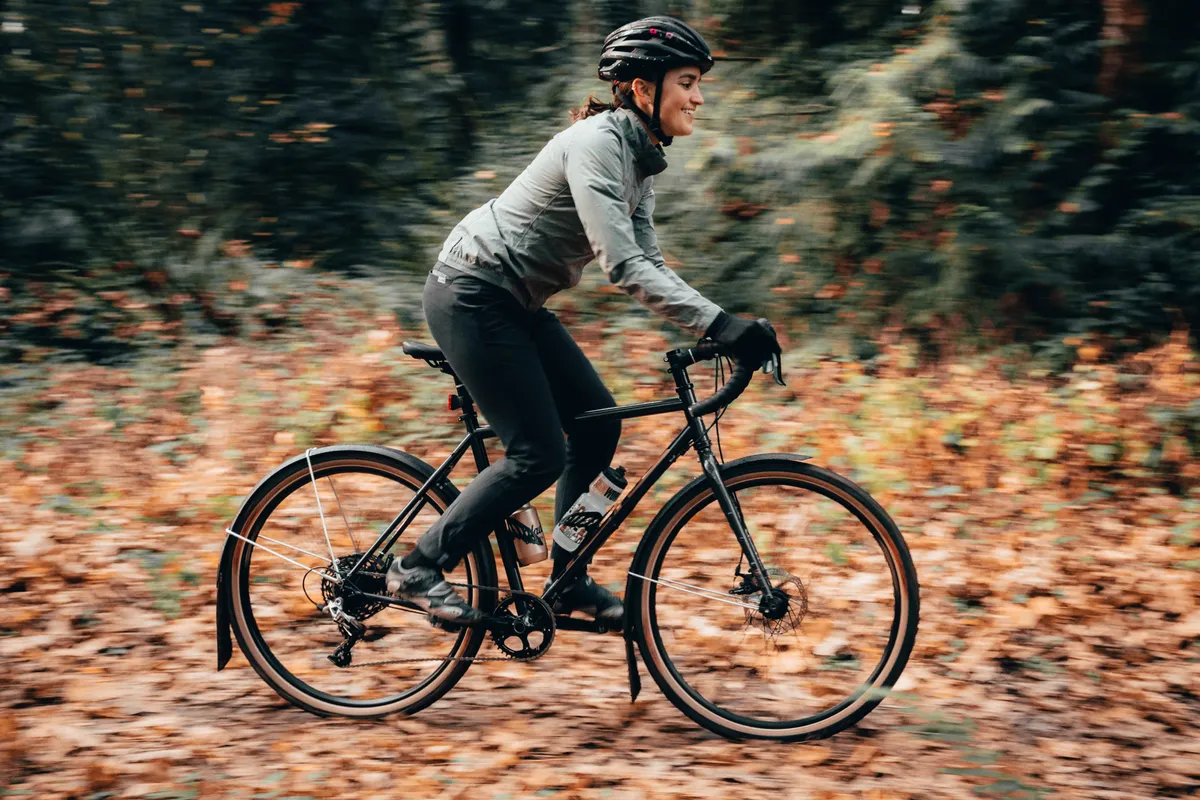
Just as road, mountain bike and gravel bike setups are optimised for specific disciplines, the clothes that are designed to accompany them are too.
Because road cycling demands aerodynamic efficiency, sweat-wicking, pedalling comfort and storage capability, we find close-fitting Lycra, variable-density chamois pads and secure jersey pockets.
Mountain biking demands total freedom of movement and additional space for adding body protection with much less emphasis on aerodynamics. Therefore, we tend to find more loose-fitting clothing on offer here, such as baggy mountain bike shorts, teamed with lighter support for pedalling such as liner shorts.
Gravel cycling kit tends to fit somewhere between the two, ranging from aerodynamically optimised gravel racing kit to more casual, relaxed cycling clothing for exploring that you’d be just as comfortable to wear to the cafe.
How does gravel-specific kit tend to differ?
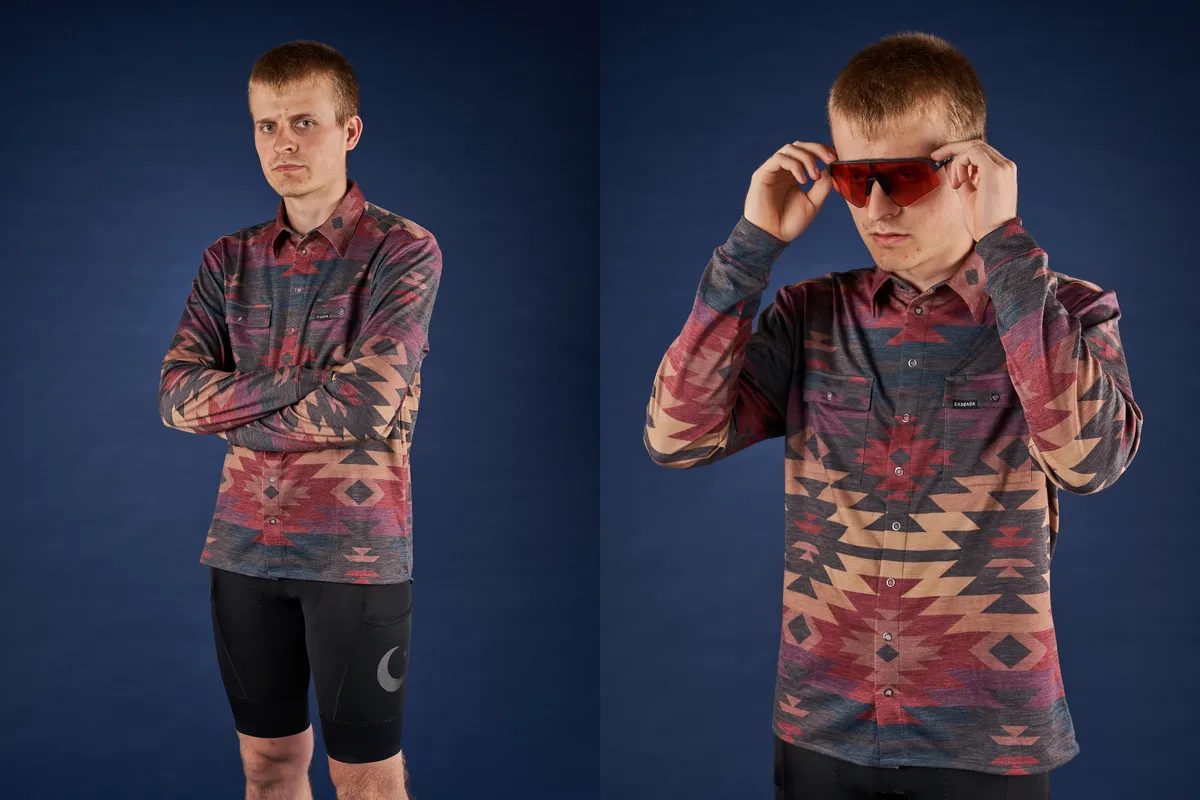
Just as gravel bikes bridge the gap between road cycling and mountain biking, with some racier steeds all the way through to more singletrack-orientated builds, the range of gravel-specific clothing also varies greatly.
General themes when it comes to gravel cycling clothing include a more loose, casual cut, the use of natural fibres to help with odour control, and an increased emphasis on pockets for storing gear.
In recent years, ‘cargo’ has become synonymous with gravel. Rapha's Cargo bib shorts, for instance, are bolstered with mesh thigh pockets that enable riders to pack their essentials on the lower half of the body, allowing them to ride in a T-shirt without pockets.
As well as balancing the demands of off-road riding and pedalling, gravel cycling clothing is often designed with multi-day use in mind too, with durable, quick-drying and odour-resistant materials coming out on top.
Gravel clothing cut and fit
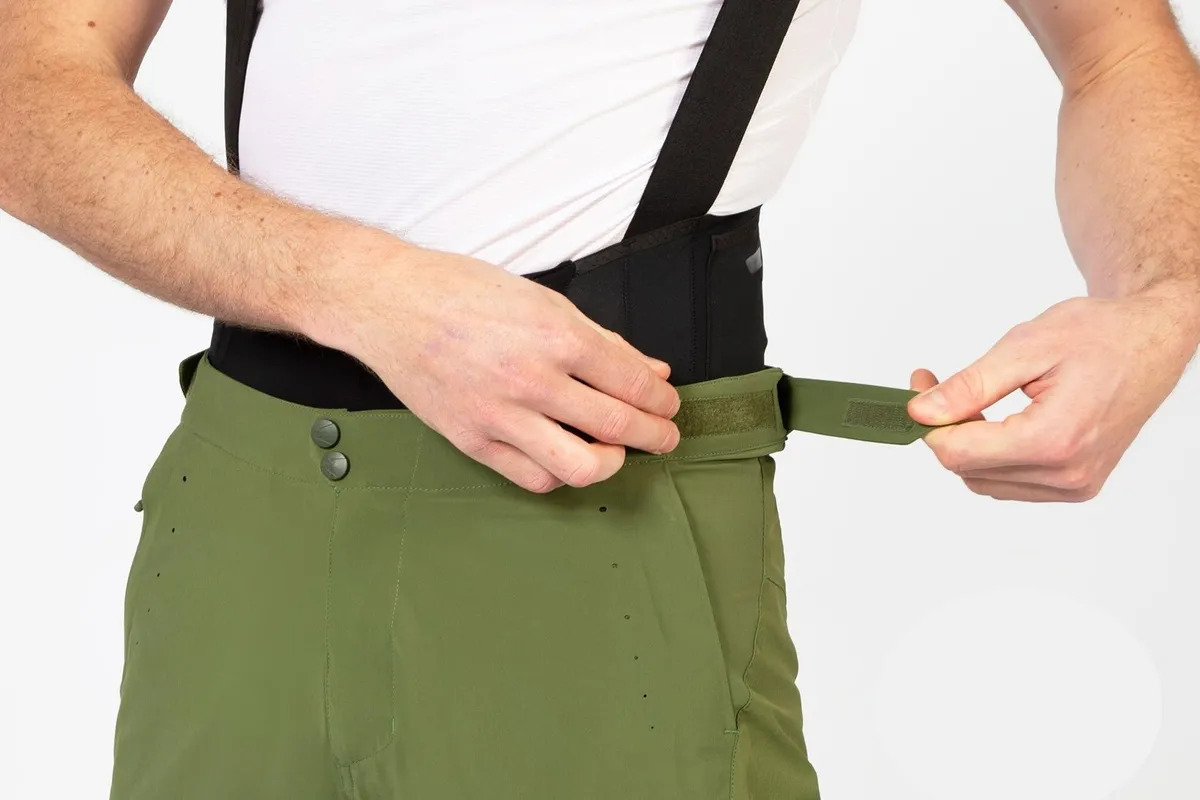
A baggier cut is commonplace when it comes to gravel cycling clothing, at least compared to race-fit aero road cycling kit. T-shirts and baggy shorts tend to be more popular here, often teamed with padded liner shorts for saddle comfort.
T-shirts designed for gravel riding don’t tend to feature pockets, so spares, tools and additional layers need to be kept elsewhere, whether that’s in pockets of shorts, frame bags, or even hip packs.
Because gravel riders don’t use body armour like mountain bikers, the kit doesn’t tend to be quite as loose-fitting, or shorts as long as MTB options to fit knee pads; shorts tend to be baggy but slim-fitting.
Gravel clothing materials
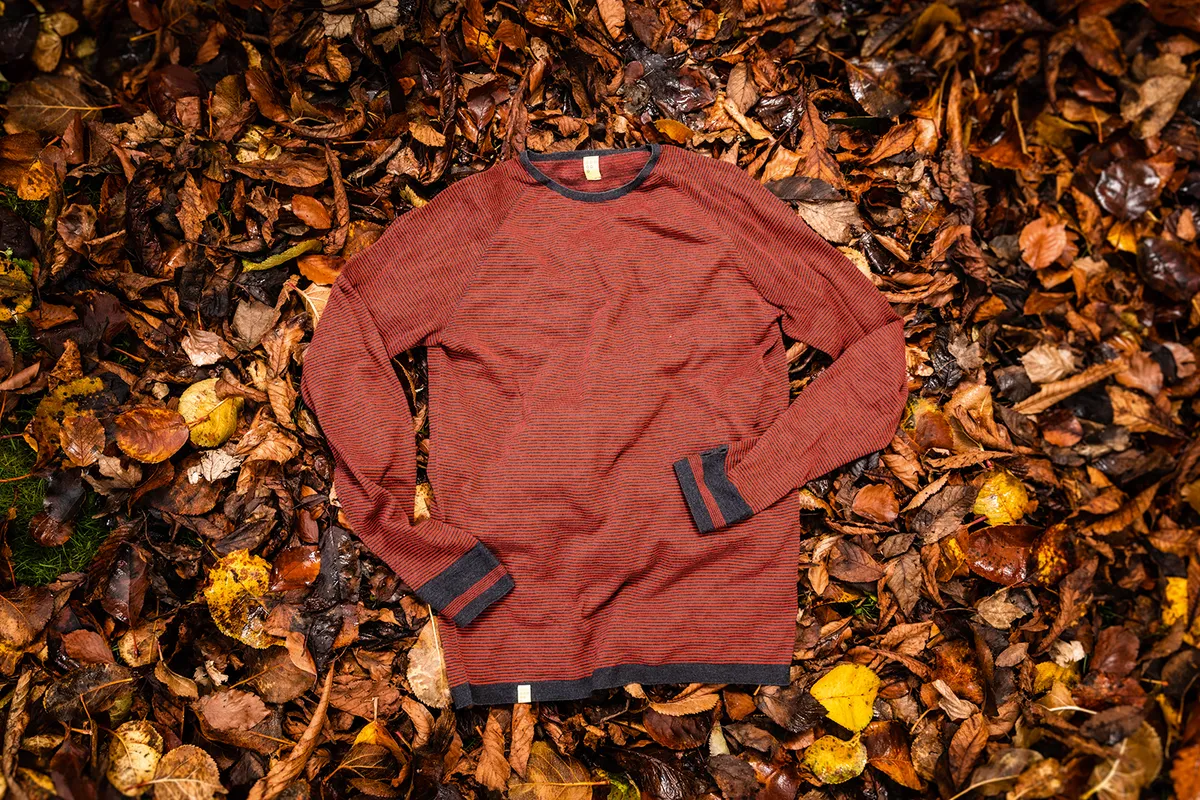
Lots of gravel clothing uses non-synthetic material blends to help manage odour control and aid sweat-wicking properties.
This comes in especially useful if you’re planning a multi-day bikepacking tour – both you and your riding pals will be grateful for it!
You’ll also find DWR (Durable Water Resistant) coatings more frequently on gravel kit than on road kit. This coating is added to help garments such as overshorts shed trail spray and dirt more effectively. While DWR coatings may have a limited lifespan, you can rejuvenate waterproof kit to keep it working well year after year.
Some gravel clothing also employs abrasion-resistant materials and panelling, to help protect you should you end up getting closer to the dirt than you’d planned.
What to look for in gravel clothing
Tops and jerseys
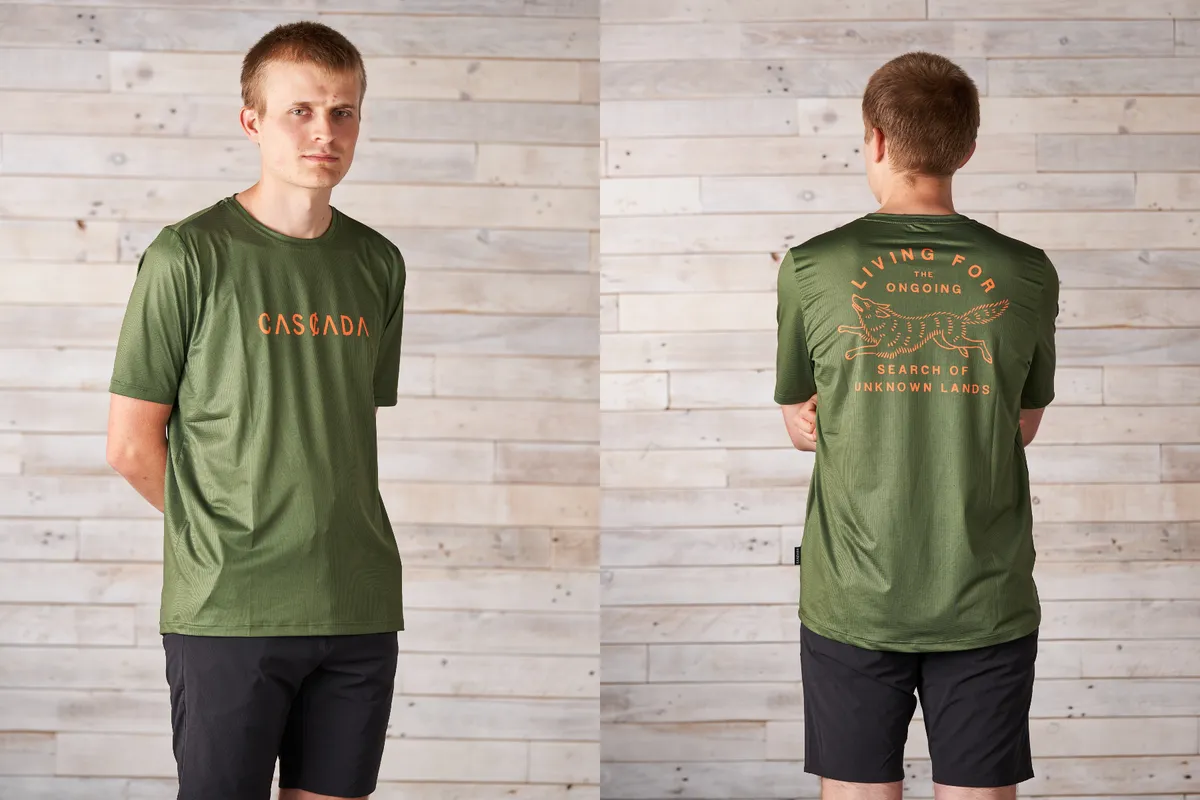
In the gravel category, you’ll find short-sleeved T-shirts, Henley-style tops and relaxed-fit cycling jerseys made from a myriad of materials, including Merino and Tencel, a type of rayon.
While some people prefer to wear casual clothing on gravel rides, these sport-specific garments tend to have much better technical qualities, such as drying faster and being better at wicking sweat.
Jackets and coats
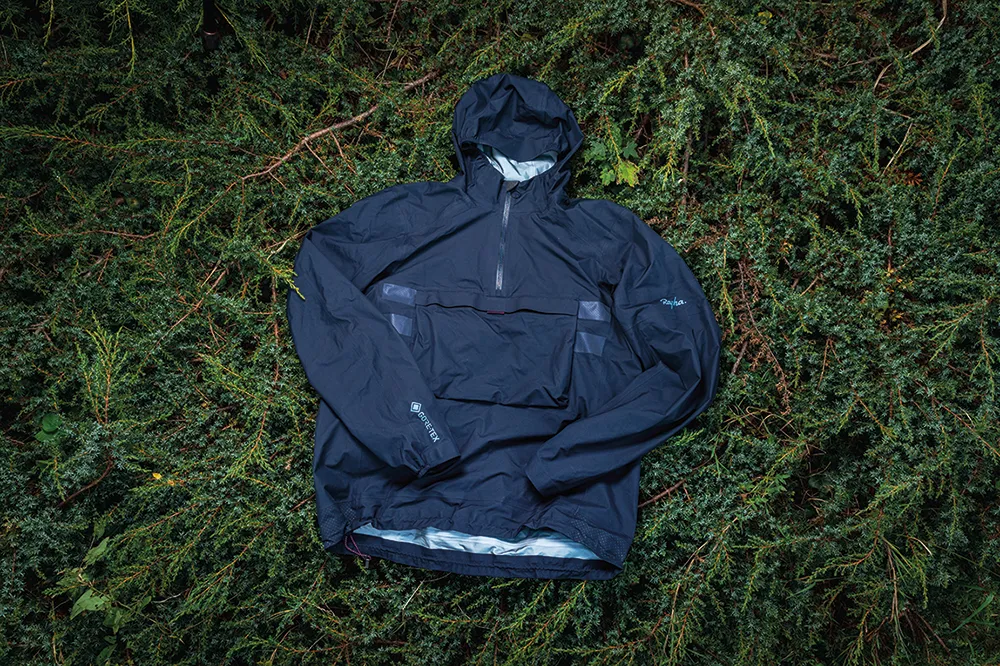
Hooded cycling jerseys, jumpers and tech shirts tend to be more common for gravel cycling kit than with other riding disciplines.
You’ll also find tech fleeces and insulated jackets, which double up for use on overnight bikepacking trips, and are designed to provide generous warmth while also packing down small.
Shorts, cargo bibs and baggies
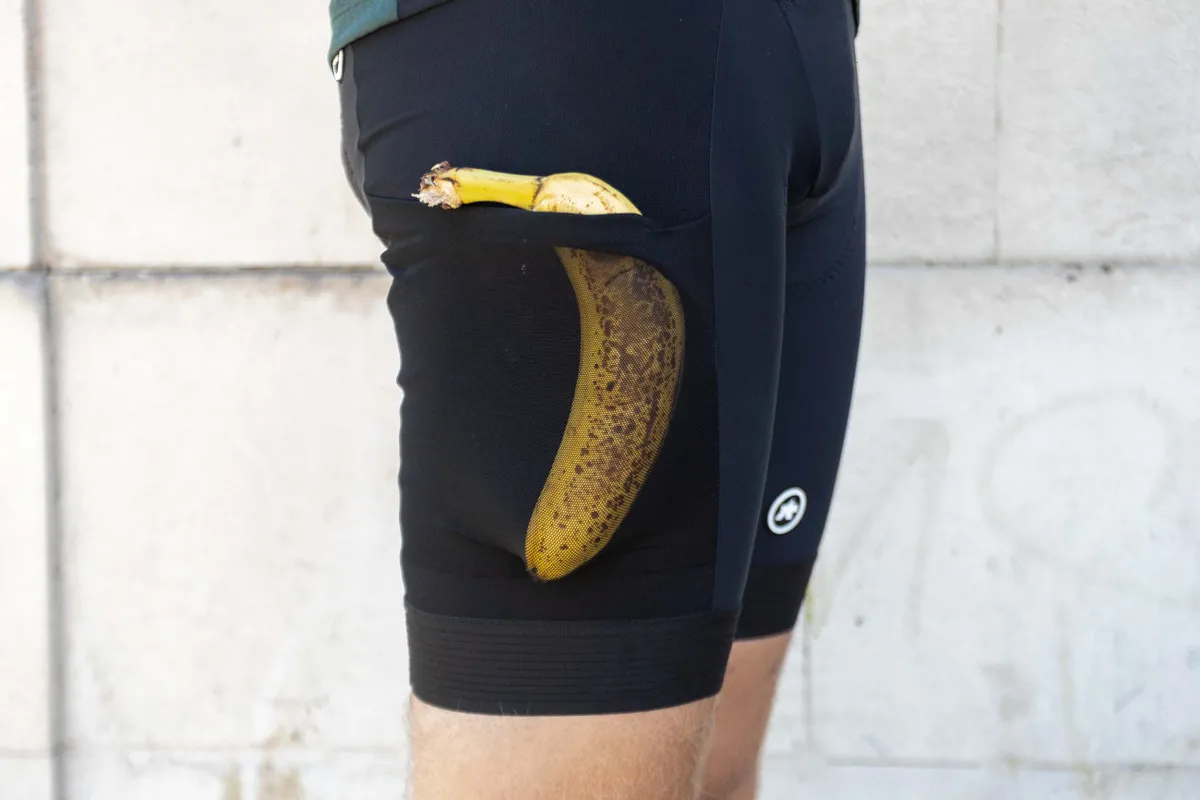
When it comes to what to wear on your lower half for gravel riding, there are a few popular options: padded bib shorts, cargo bib shorts, or baggy shorts, with or without a padded liner.
Bib-style cycling shorts are perhaps the most popular option, as you can double up your standard road cycling bibs for riding off-road. Of course, waist shorts work just as well here too.
Cargo bib shorts feature pockets, most commonly on the outer thighs and sometimes on the lower back too. These allow riders to stow essentials such as a phone and snacks on their person, without needing the pockets of a conventional cycling jersey.
Some riders prefer the style of baggy shorts, which can be teamed up with either a padded liner short, bib or unpadded underwear such as Merino boxers or pants.
Gravel-specific baggy shorts tend to have more of a slim cut and shorter leg length than typical MTB baggies, because they don’t need to accommodate MTB knee pads. These tend to be made out of really stretchy, lightweight wicking materials, and are often treated with DWR.
Liner shorts tend to be thin, are often made out of mesh, and are definitely not intended for use without overshorts. This lightweight, sweat-wicking design helps to keep you cool for hotter days in the saddle when worn in combination with baggies, to offer you the practicality of looser shorts and pockets without compromising on the comfort of a chamois.
Socks and accessories
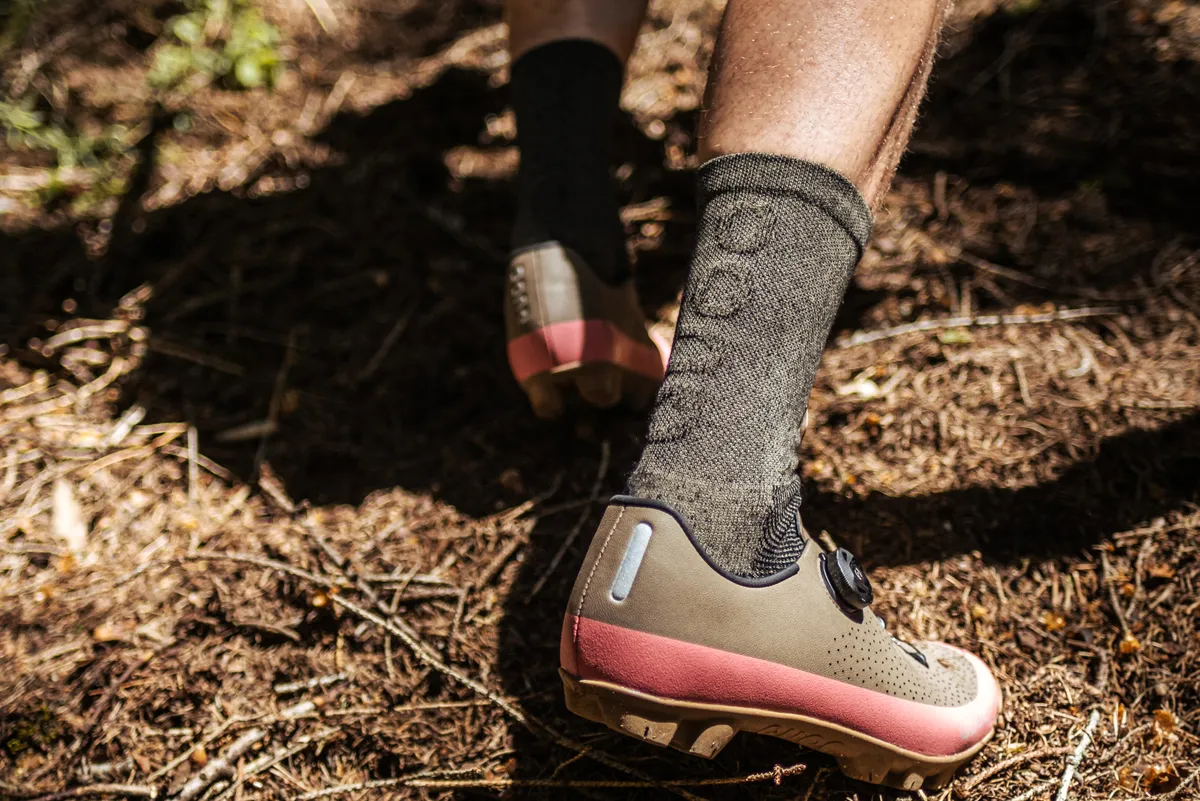
You might not think there’d be much to adapt when it comes to things such as socks, gloves and other accessories for gravel cycling, but small tweaks can make a sizeable difference to your ride, and how long your kit lasts.
Take socks, for example. Thicker, reinforced heels and toes help not only to keep you comfortable during hike-a-bike sections, but also help prolong the life of the socks.
A lot of other accessories – hats, gloves, neck warmers – tend to share functionality with road cycling and cross-country mountain biking.
Gravel shoes
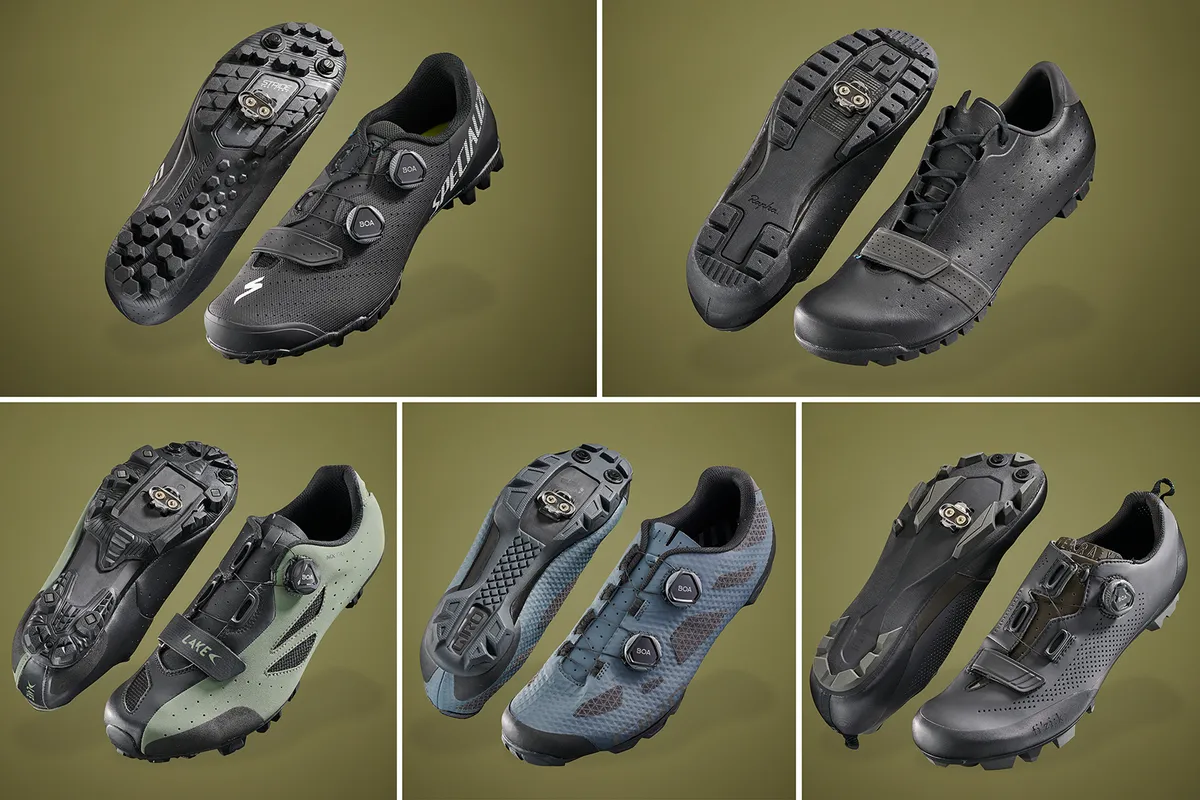
Burlier and more robust than road cycling shoes, yet more lightweight and streamlined than mountain bike shoes, gravel shoes are best described as slimmed-down XC shoes.
Almost all gravel shoes accommodate SPD-style metal 2-bolt cleats, and feature some degree of sole flex to improve comfort during hike-a-bike sections. Check out our in-depth guide to the best gravel shoes for more on what to look for and our top picks, tried and tested.
What should I wear for gravel riding?
While there are loads of different options on the market, essentially the answer is to wear what you feel most comfortable in and what's suitable for the conditions.
Prefer looser-fitting baggies more akin to MTB wear? Go for it. Would you rather opt for aero Lycra kit? Go ahead. Want to wear the kit you already have in the wardrobe from other cycling disciplines? No problem.
Baggies or Lycra for gravel riding?

While there are pros and cons for each, whether you choose to wear baggy shorts or Lycra shorts for gravel riding is a personal choice.
You may prefer the simplicity of Lycra shorts or bib shorts, or enjoy the casual style of baggies. Looser-fitting shorts tend to offer more pockets, which can be handy for storing smaller items such as a phone or snacks, although cargo bib shorts mean you can now do this with Lycra shorts too.
If you opt for baggies, you’ll probably want to team them with a liner short or bib so you can enjoy the comfort of a chamois. In the warmer months, this can get a little hot with two layers, so some brands such as 7mesh, Specialized and Velocio now offer mesh liner bib shorts.
Do you need gravel clothing to ride off-road?
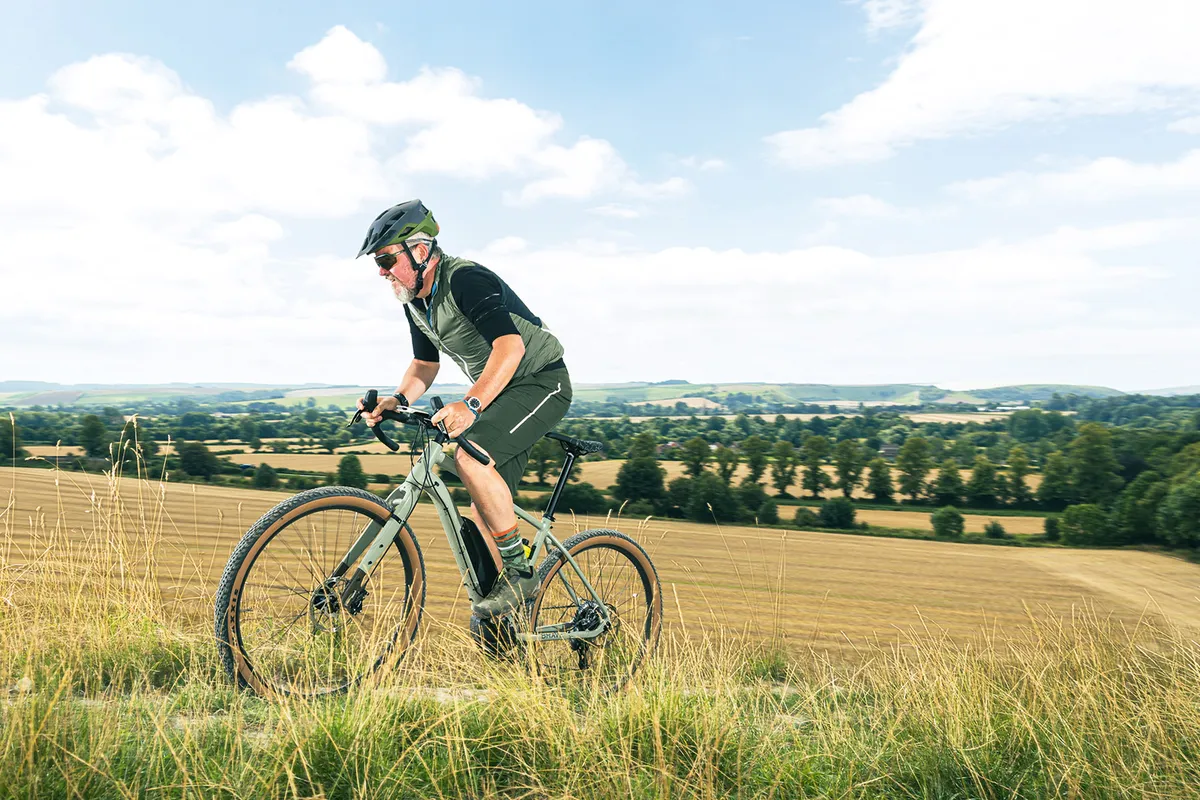
Absolutely not. Wear whatever you feel most comfortable in, whether that’s typical MTB, road or gravel cycling kit, other sports kit or even casual wear.
Having said this, there are definitely advantages to technical sportswear, such as better sweat-wicking properties.
Cycling-specific clothing is likely to take the seated cycling position into account too, so you’re more likely to find jackets and coats that have a slightly dropped hem at the back, and perhaps longer sleeves than typical clothing.
Do I need a chamois for gravel riding?
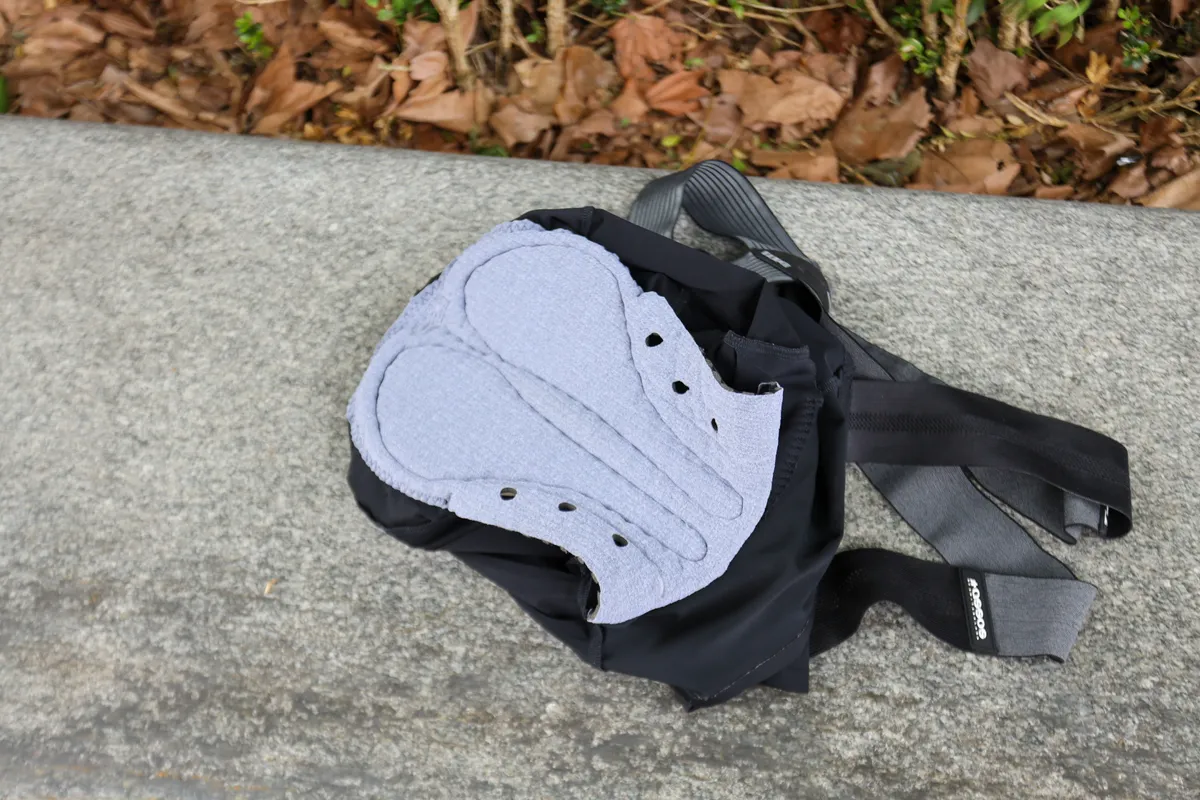
Whether you choose to use a chamois or not is entirely a personal decision. While many swear by wearing shorts with a chamois for road and gravel riding, there are still riders who prefer not to.
As you tend to spend more time in the saddle for gravel riding compared to mountain biking, for example, you might find a chamois helps to relieve any discomfort. Finding the right saddle is key here too: check out our guide on how to choose the best saddle for you.
What kit is best for bikepacking?
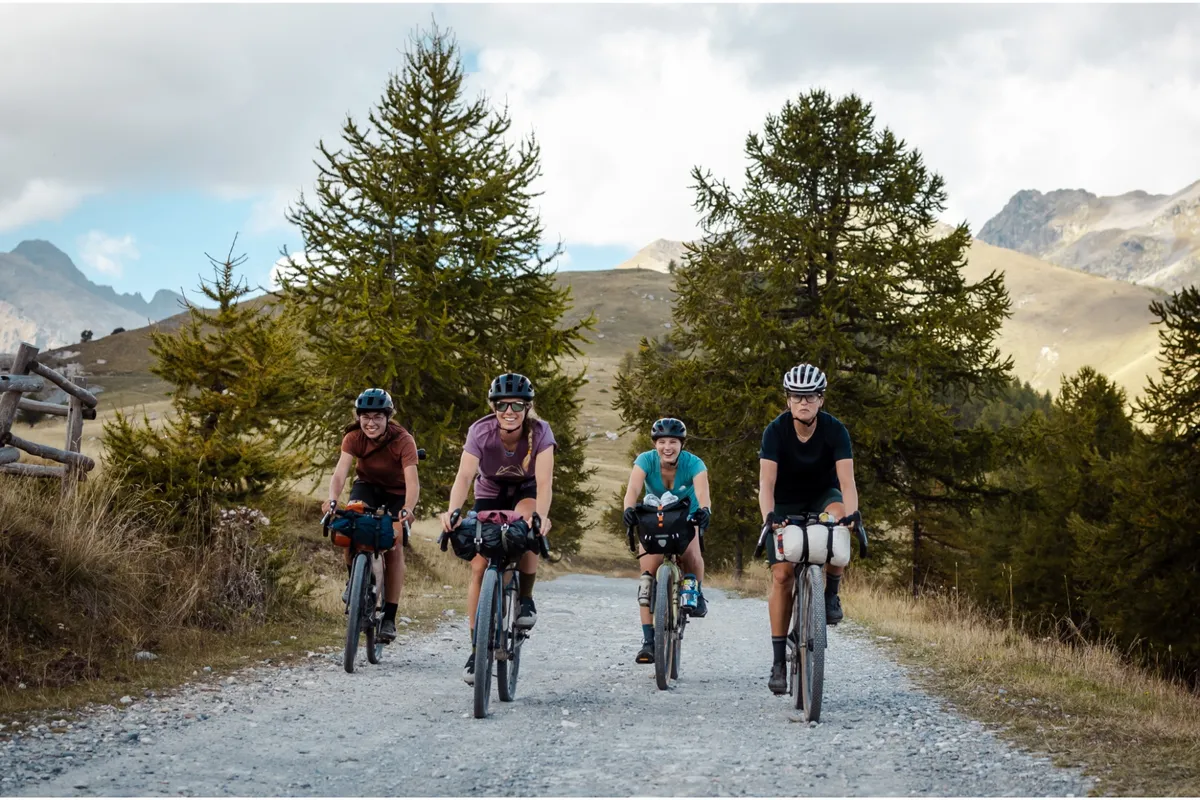
Because bikepacking involves riding for more than one day, typically with limited space for clothing and reduced access to washing facilities, having cycling kit that’s not only durable but doesn’t stink to high heaven is a major plus.
Natural fibres such as Merino and Tencel can help to keep kit smelling fresh (relatively speaking) for multiple days.
If you know you’re heading somewhere hot or wet, synthetic materials may be a better idea, because these tend to dry out more rapidly.
Clothing that's versatile also comes in really handy when there’s limited space: a pair of lightweight trousers can double up as casual or riding trousers, for example. Long-sleeved T-shirts can be layered easily for use on the bike or for extra warmth at night.
In addition to clothing, it’s a good idea to have some lightweight off-the-bike shoes, such as flip-flops or sandals.
